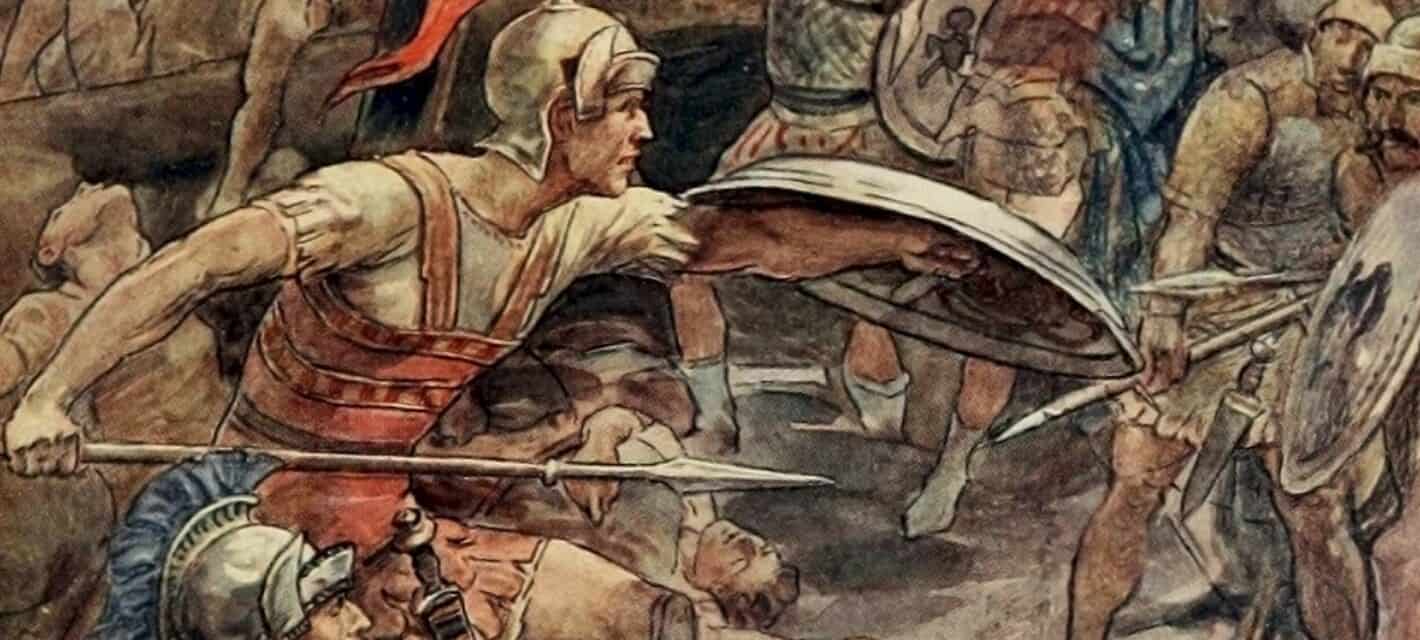The question of who was the ancient world’s greatest warrior usually boils down to a debate between Alexander the Great and Julius Caesar. For example, Alexander the Great changed history in more ways than many people realize. Although he was king of ancient Macedonia for less than 13 years, Alexander the Great influenced history in an irrevocable way. To list a few reasons for his renown, he was one of the world’s greatest military generals, he created a vast empire that stretched from Macedonia to Egypt and from Greece to part of India. This allowed for Hellenistic culture to become widespread.
The Hellenistic cities that resulted from Alexander’s conquests were significant because they often became major cities in their respective regions, they served to spread Greek culture throughout the Hellenic realms, and they served as places where culture could develop. While Alexander the Great impacted the ancient and modern world, there are many more warriors and military leaders from antiquity that do not get enough credit for their power and influence. Following are thirty things about some such remarkable warriors from ancient cultures.
30. The warrior Pharaoh who fought history’s first battle of whose tactical details and formations are known.

“I met a traveler from an antique land, / Who said— ‘Two vast and trunkless legs of stone / Stand in the desert. . . . Near them, on the sand, / Half sunk a shattered visage lies, whose frown, / And wrinkled lip, and sneer of cold command, / Tell that its sculptor well those passions read / Which yet survive, stamped on these lifeless things, / The hand that mocked them, and the heart that fed; / And on the pedestal, these words appear: / ‘My name is Ozymandias, King of Kings; / Look on my Works, ye Mighty, and despair!’ / Nothing beside remains. Round the decay / Of that colossal Wreck, boundless and bare / The lone and level sands stretch far away.” – Ozymandias, by Percy Bysshe Shelley

Ozymandias was the Greek name for Ancient Egypt’s Pharaoh Ramesses II (circa 1303 – 1213 BC), or Ramesses the Great – a title he might have bestowed upon himself. Often identified as the pharaoh who clashed with Moses in the Exodus story, this Ramesses was the greatest, most powerful, and most celebrated ruler of the New Kingdom, Ancient Egypt’s most powerful period. A warrior through and through, he battled sea pirates, fought numerous campaigns in the Levant, and led several military expeditions into Nubia.

